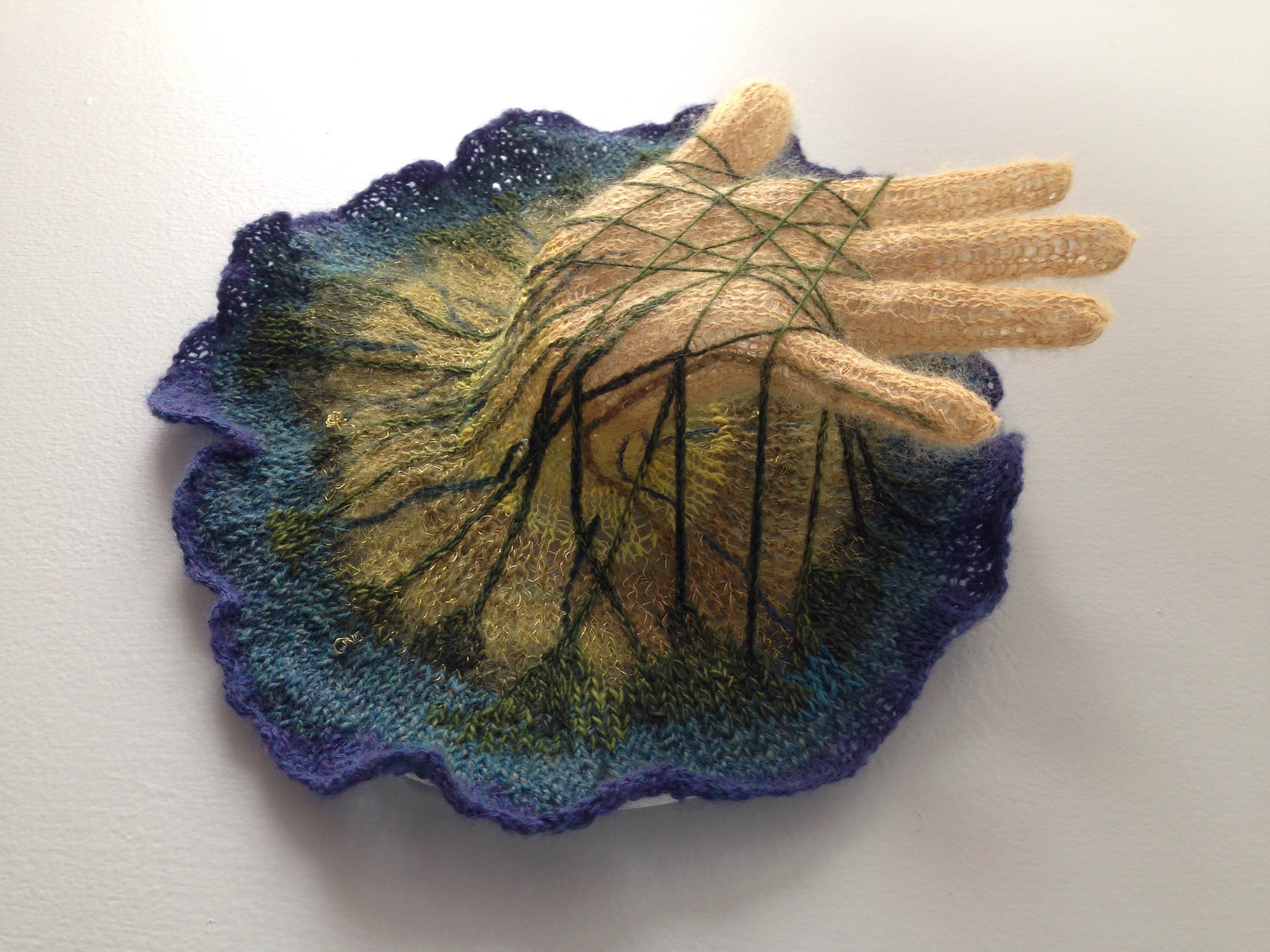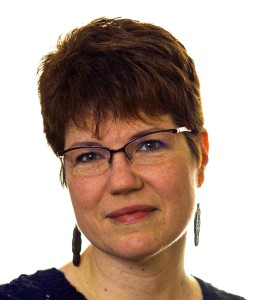Interview with Watershed Sculpture Project Artist Tamara Knorr
It’s not every day that artists, especially textile artists, get involved in creating sculptures from trash found in urban streams. Meg Soucy from the LRWP interviewed Watershed Sculpture Project Artist Tamara Knorr by e-mail to find out more about the inspiration behind her work.
Meg: Tell me how you came to connect with the LRWP.
Tamara: I discovered the Watershed Sculpture Project on the CoLAB Arts website. So when John Keller [coLAB’s Director of Education] asked if I would like to participate by making one of the sculptures this year, my answer was an immediate “Yes!”
Meg: What makes this project stand out from other projects you have done in the past?
Tamara: Sculpture itself is a new endeavor for me as I’ve only done one other sculpture piece before this one. Also, though I’ve done collaborative work with individual artists I’ve never done a collaboration with an organization.
Meg: What is your area of concentration as an artist?
Tamara: I am primarily a textile artist, using needlework and other textile techniques (knitting, crochet, spinning, embroidery, weaving) to create abstract works with non-traditional materials.
Meg: What is the idea or theme behind your sculpture?
Tamara: I rarely start with a concept, but themes emerge as I work on a piece. I find hopefulness in this sculpture: the materials themselves convey a distressing reality but the form of the piece evokes, for me and others who have commented on it, the idea of rebirth, regeneration, and forward movement.
Meg: Have you been inspired by your environment in your art before?
Tamara: Several of my more recent pieces were inspired by the patterns of shadow that sunlight makes on walls as it shines through windows at different times of the day or year coming through branches, leaves, and man-made materials of varying opacity.
Meg: Coming from someone who does not know anything about the creation of sculptures can you tell me a little bit about the process itself?
Tamara: As I mentioned before, I’m pretty new to sculpture myself. This piece was made by soaking textiles collected from local creeks in wood glue and draping them over a figure (in this case my daughter – yes I paid her). I then cured the glue with a hair dryer until it was stiff enough to remove. The molded figure was then mounted to a piece of clear acrylic with wire. Since the stiffened fabric is still flexible, I have had to add armature wires to help it keep its shape, which are secured with fibers from a tarp that was also found in the creek. It’s been a great learning curve!
Meg: As an artist in the Watershed what is your connection to the Raritan River both before and after this project?
Tamara: Like many residents of this area, I’ve driven beside it and over it for years without getting very close to it except for the occasional walk in Donaldson or Johnson Park. I’m not a very outdoors-y person.
Meg: Why do you feel the work the LRWP is doing is significant for citizens in the Watershed?
Tamara: Even my very recent participation with LRWP has increased my awareness and concern for issues affecting our water supply. Monitoring and maintaining our water quality is a pretty important issue so I’m excited that my involvement with this project can help raise awareness.
Meg: Thank you!


